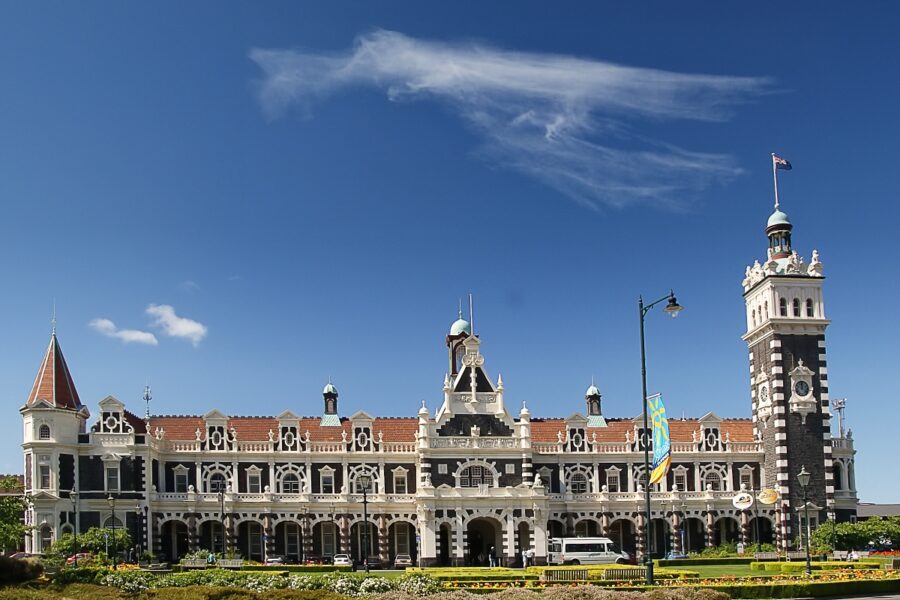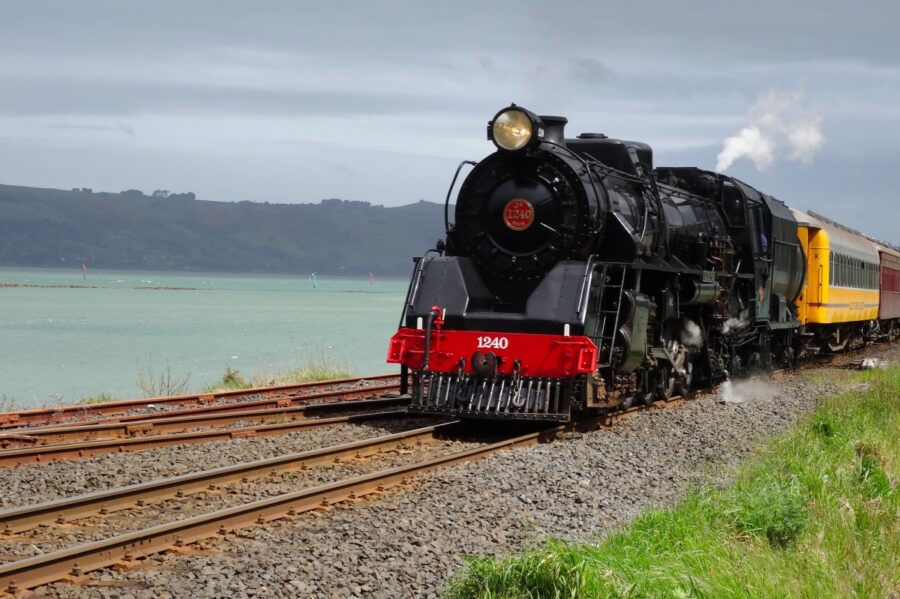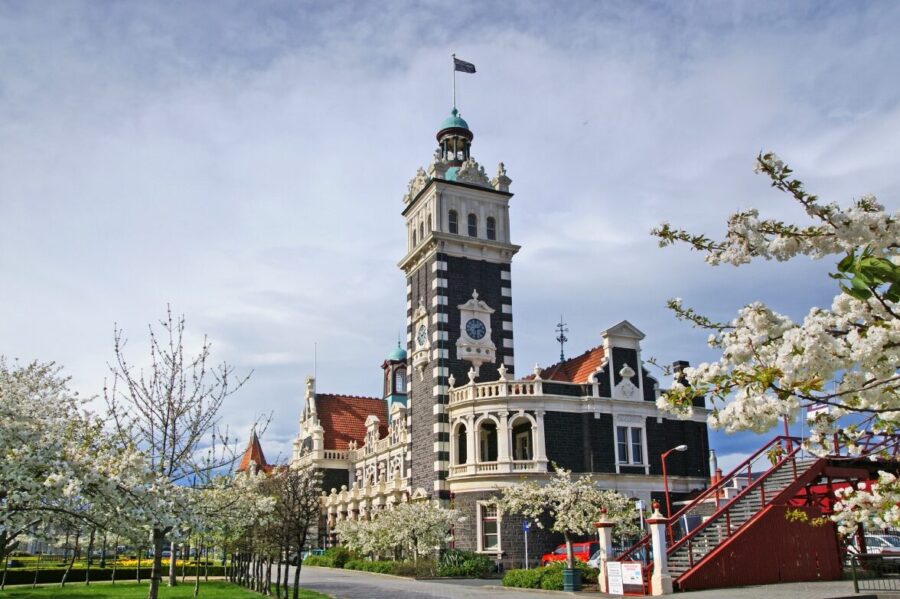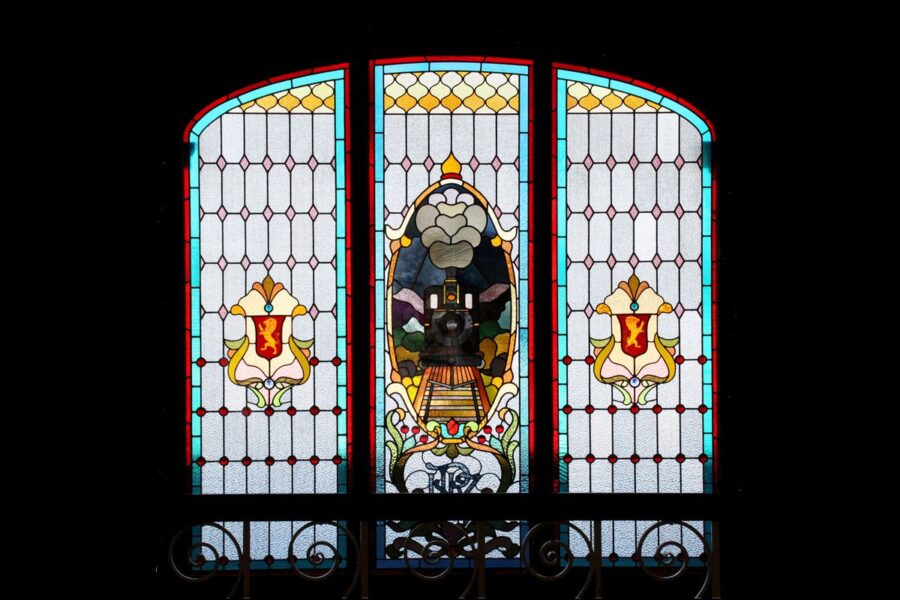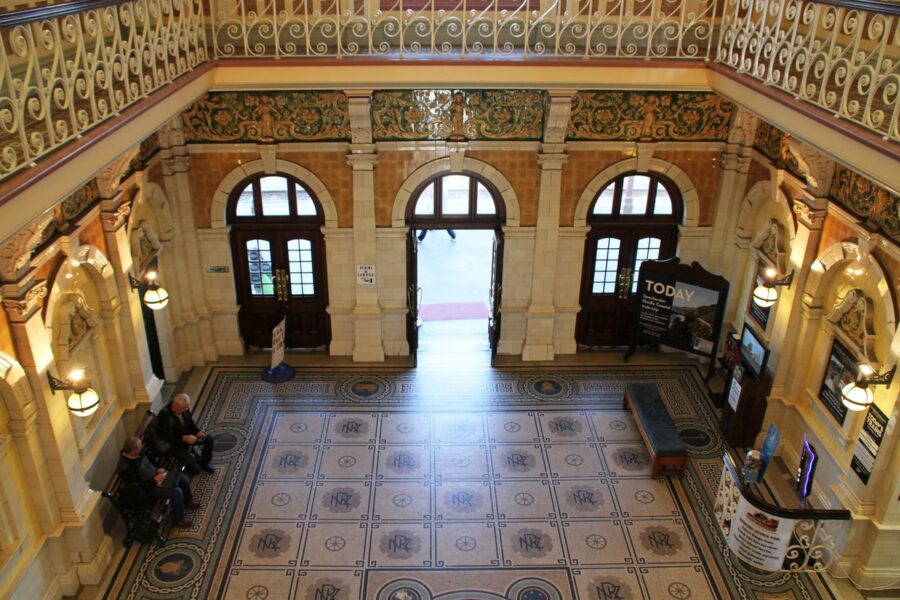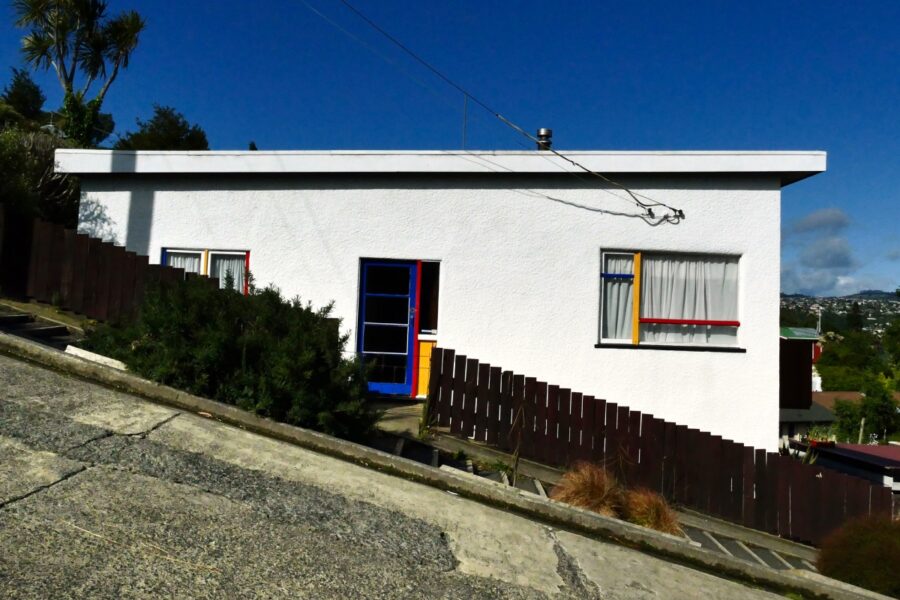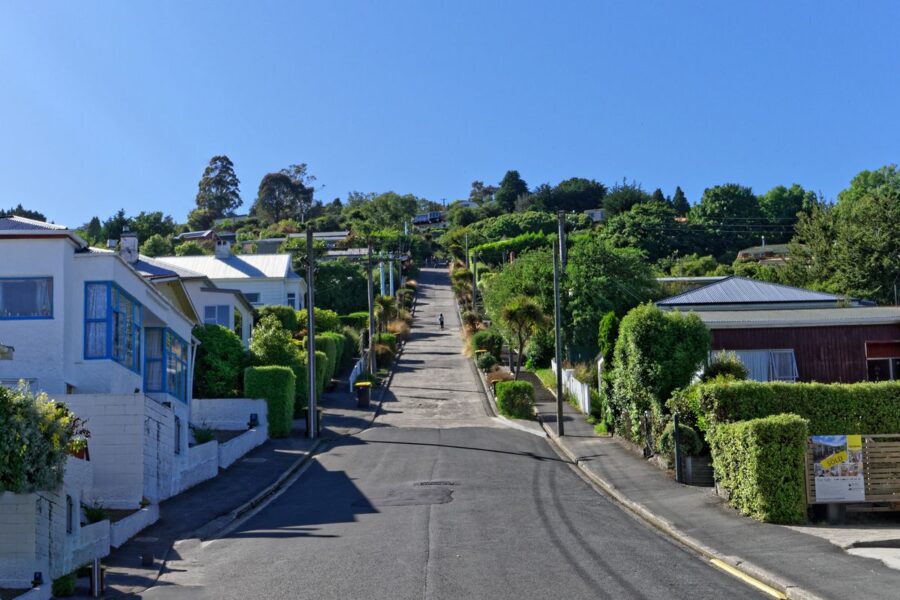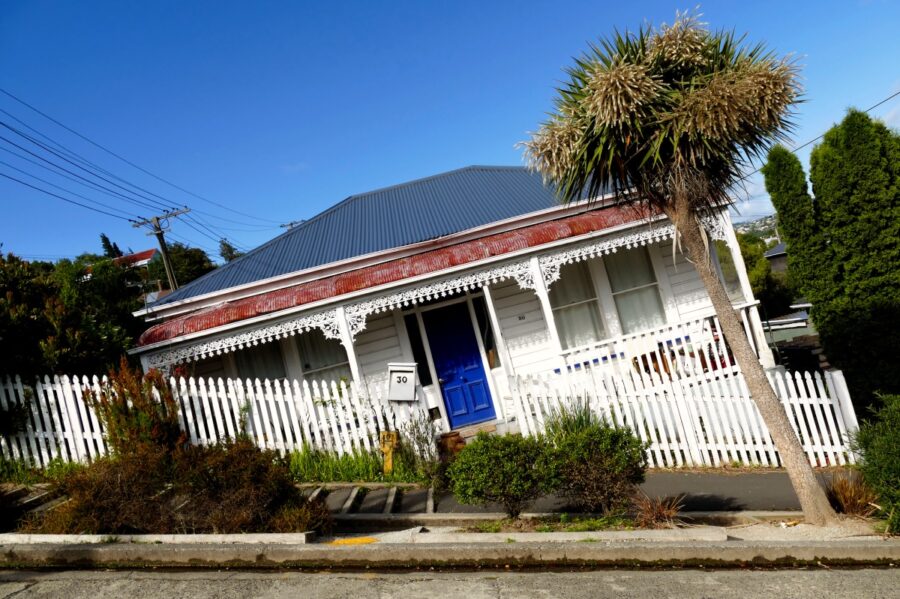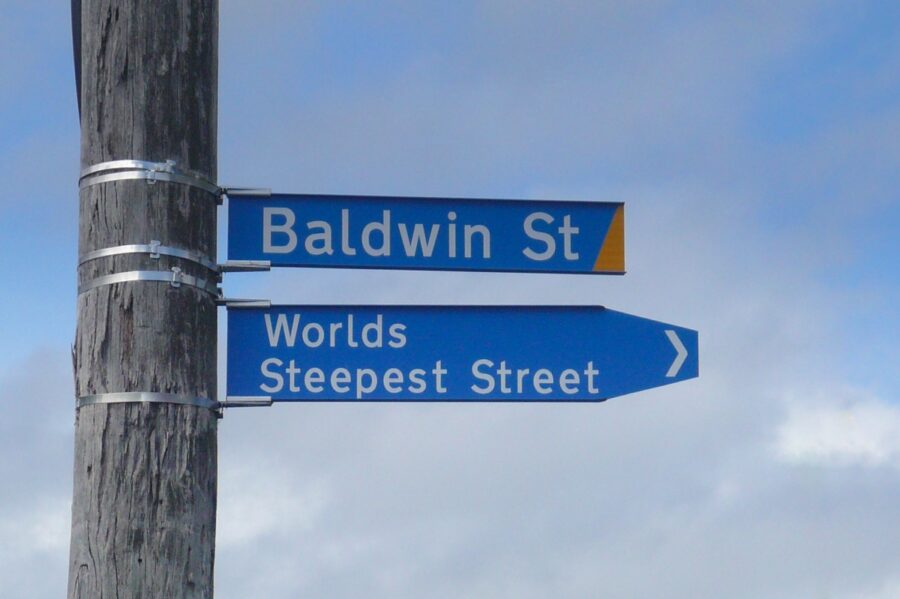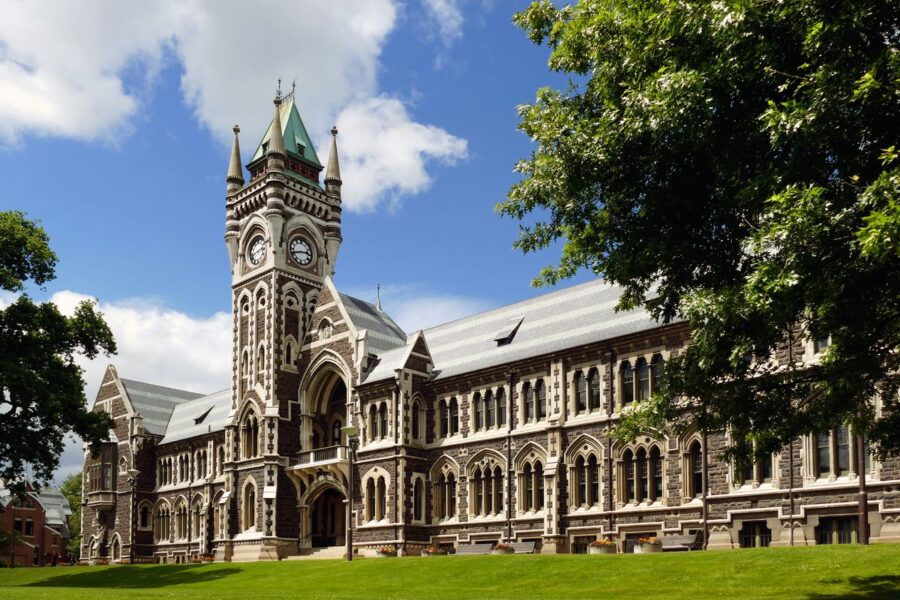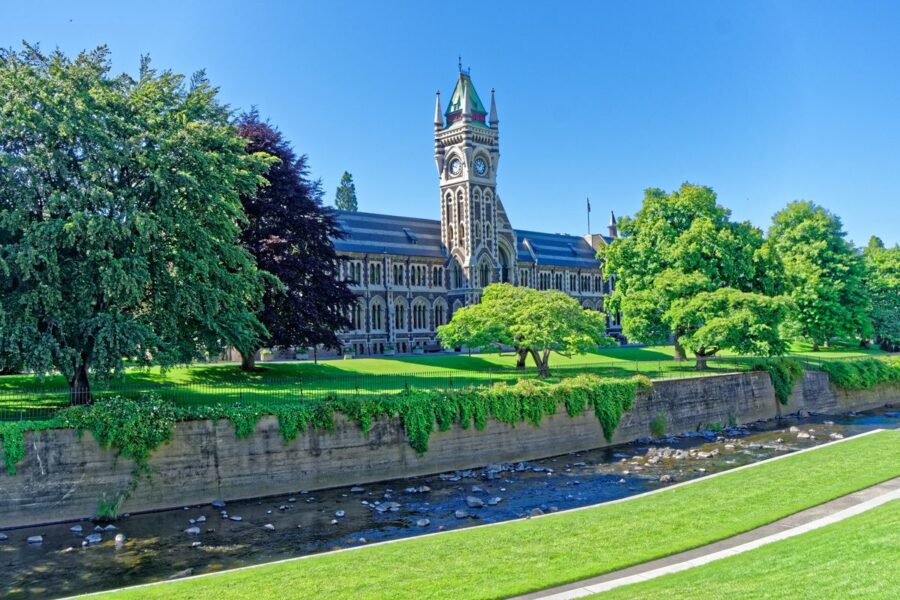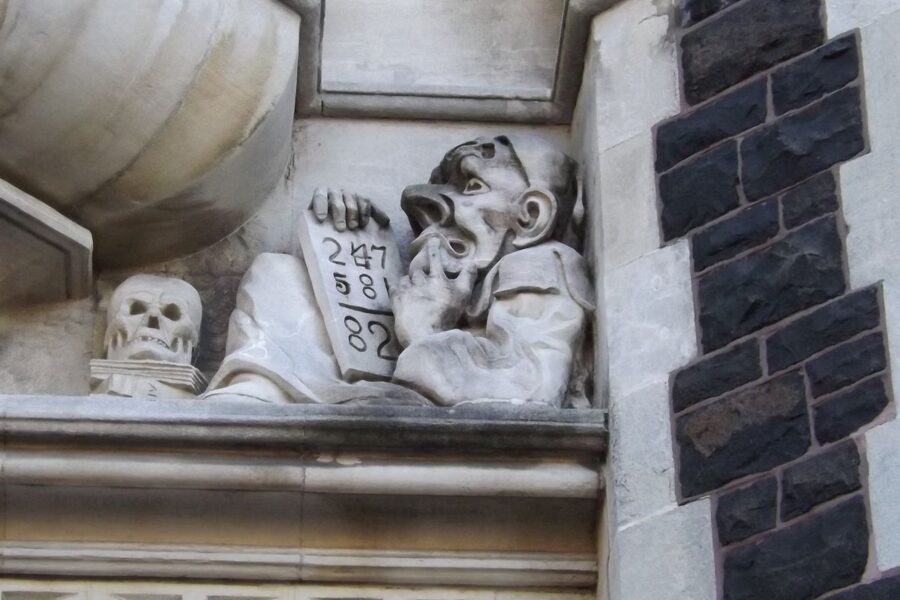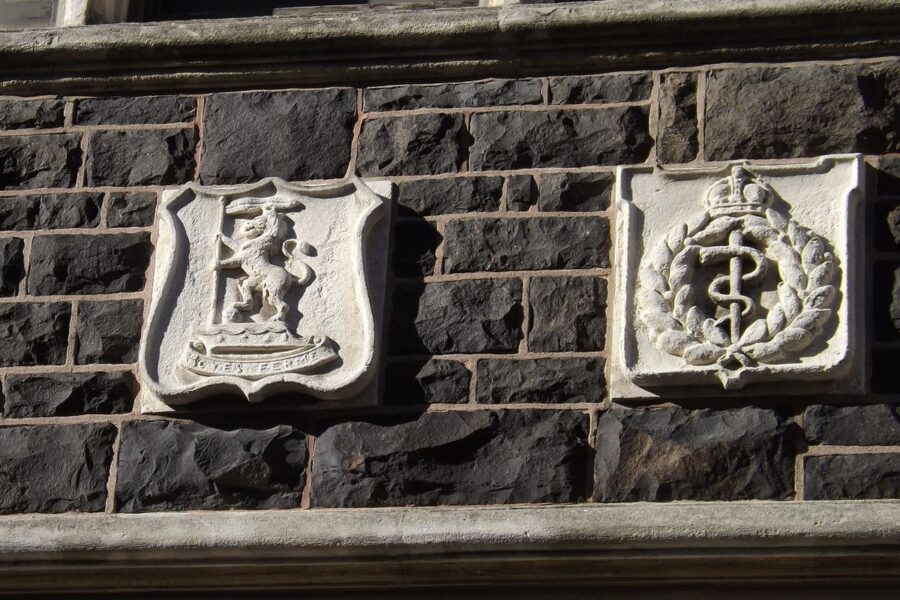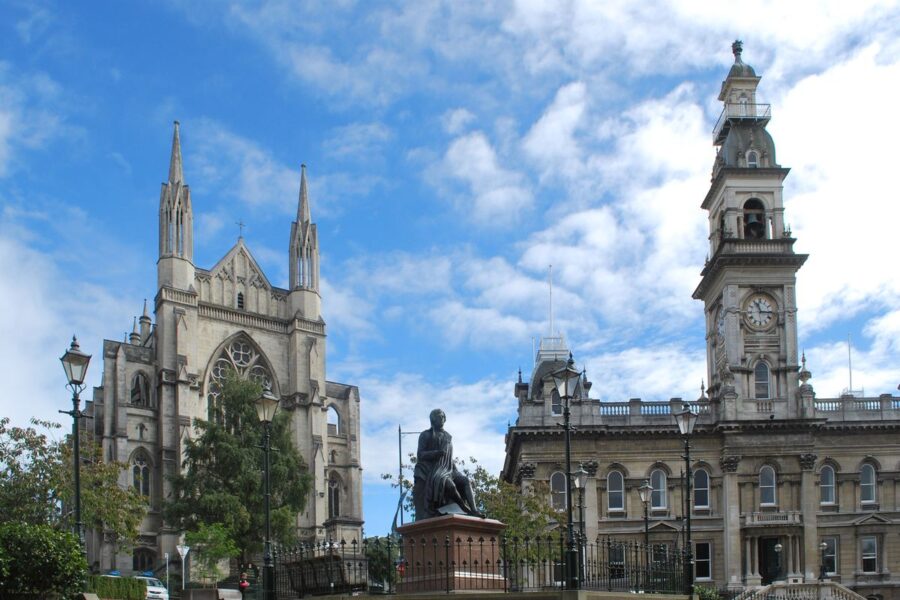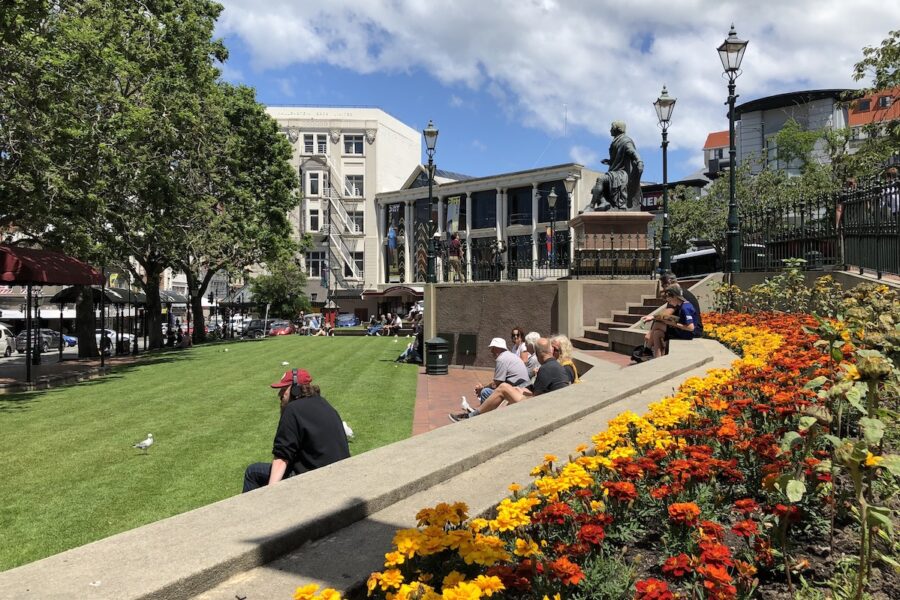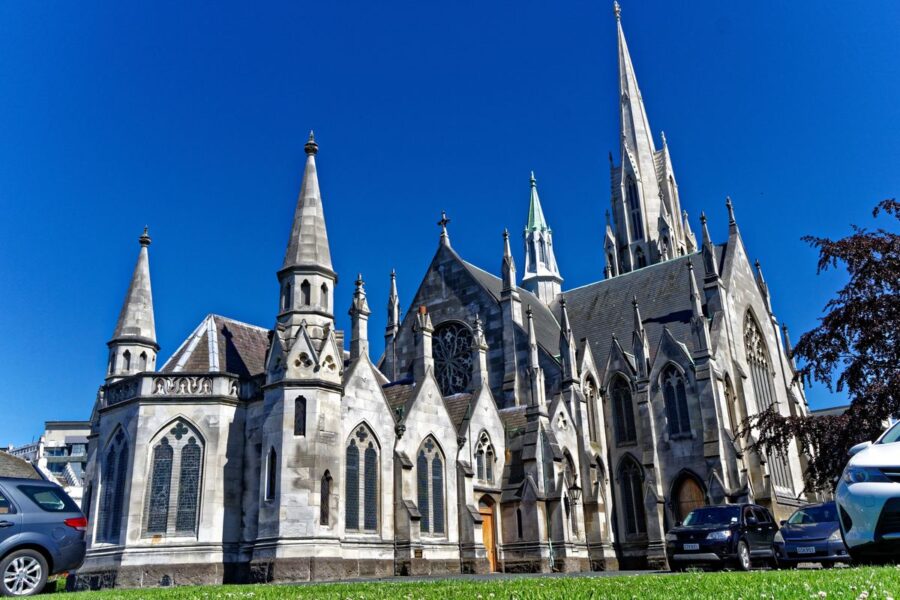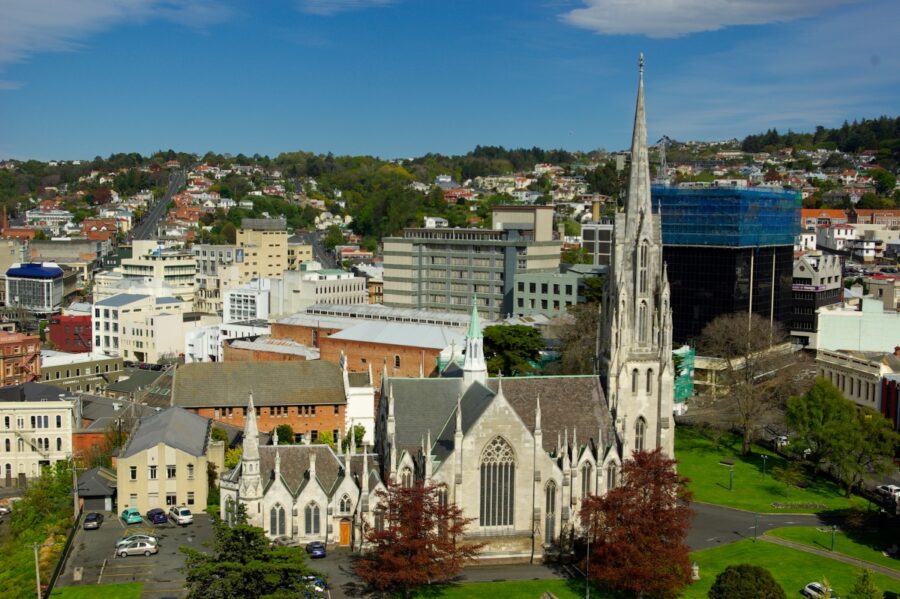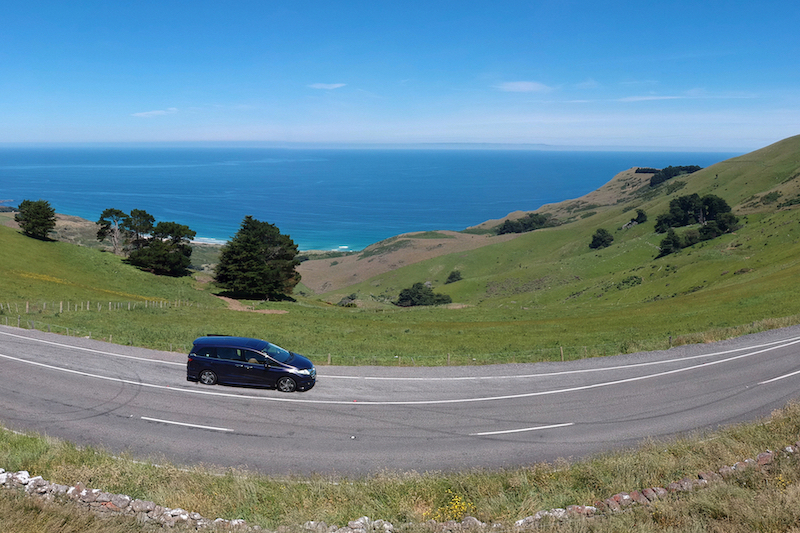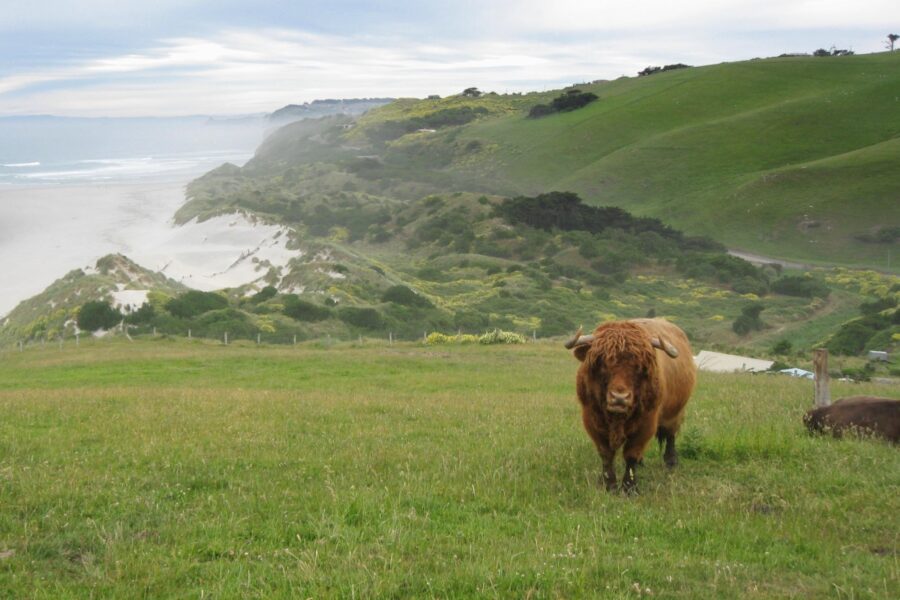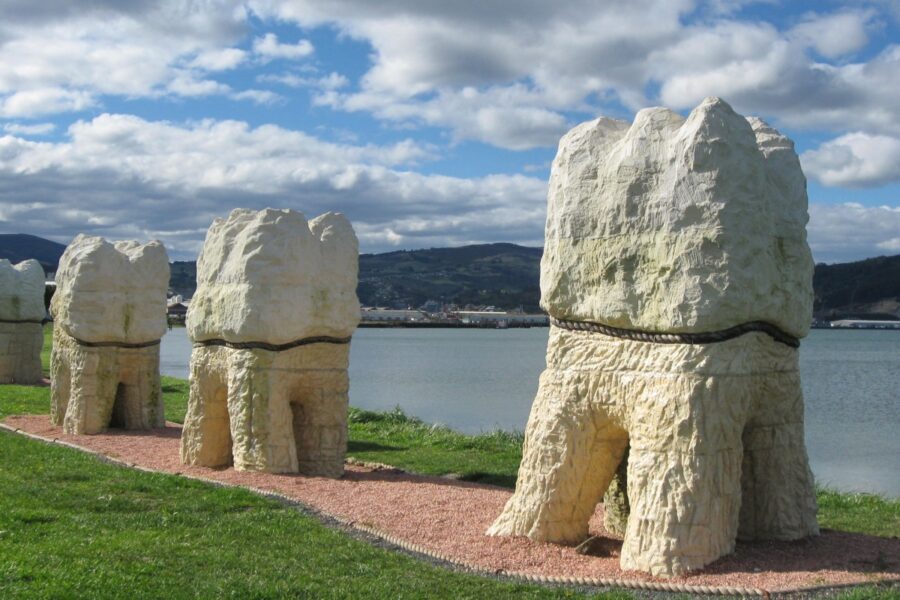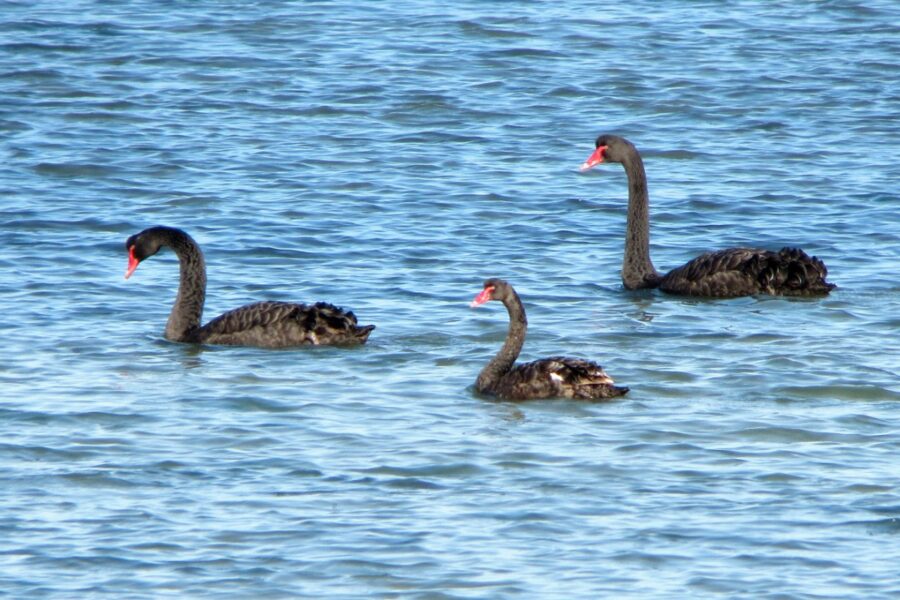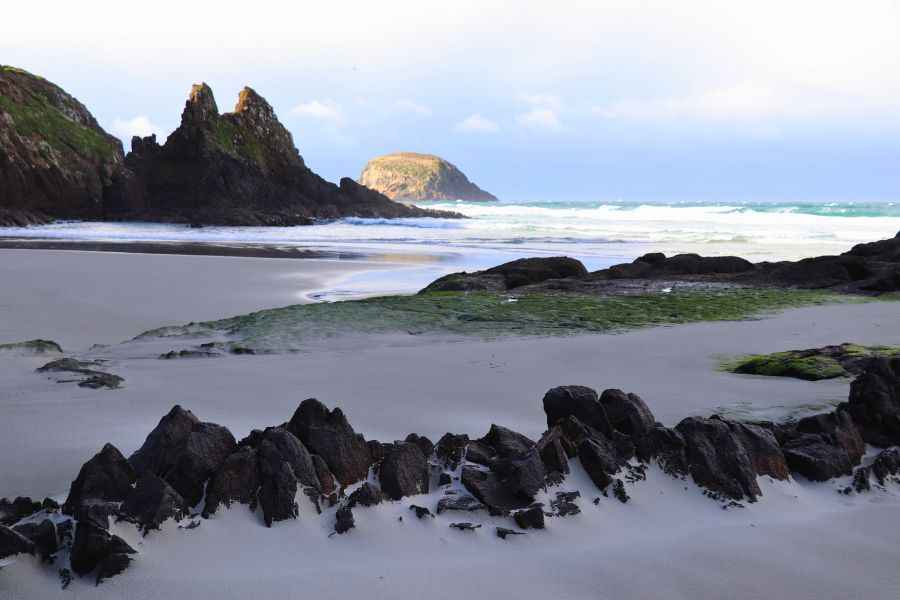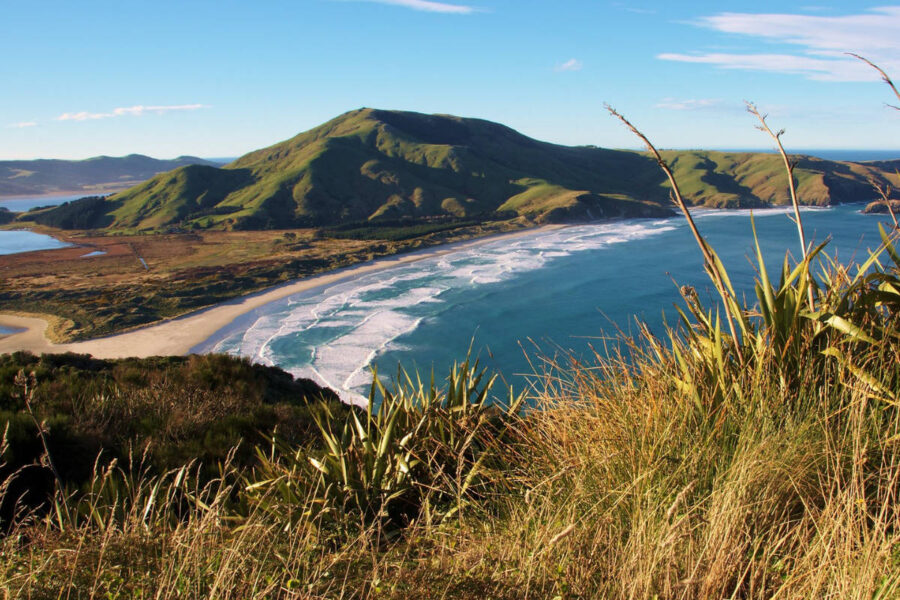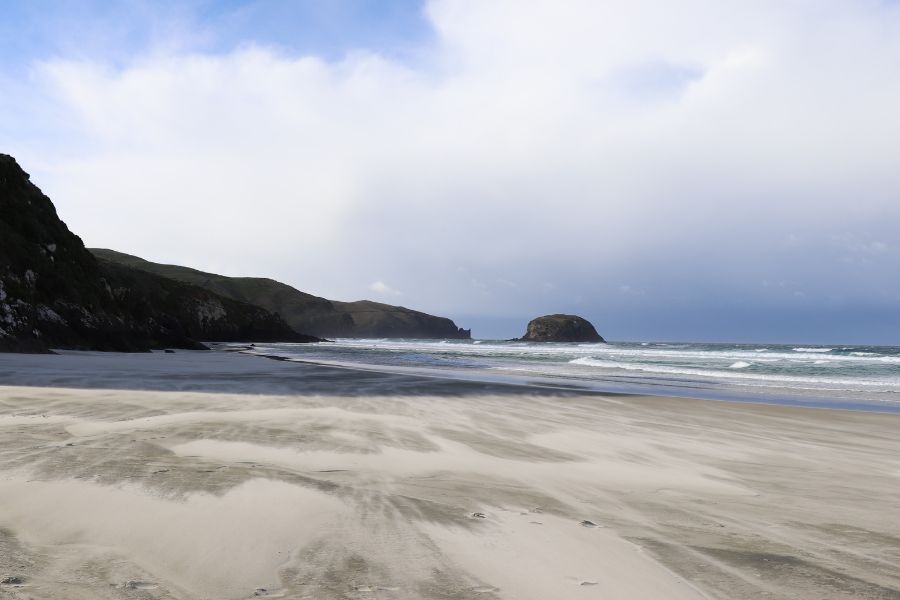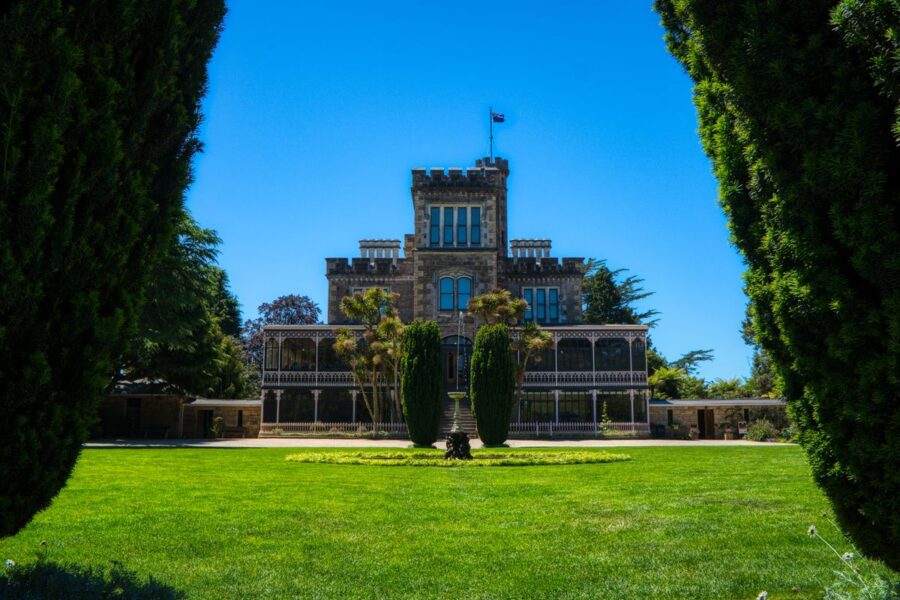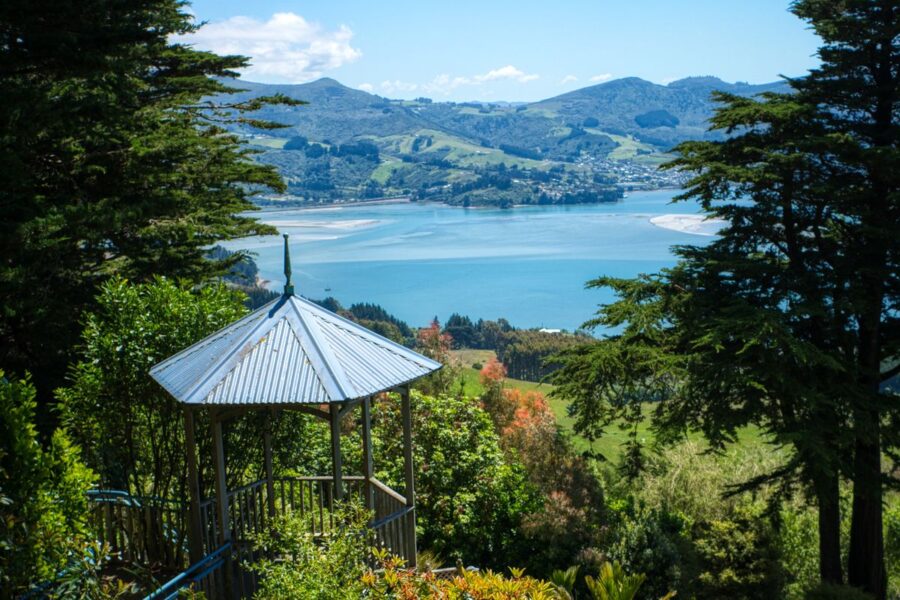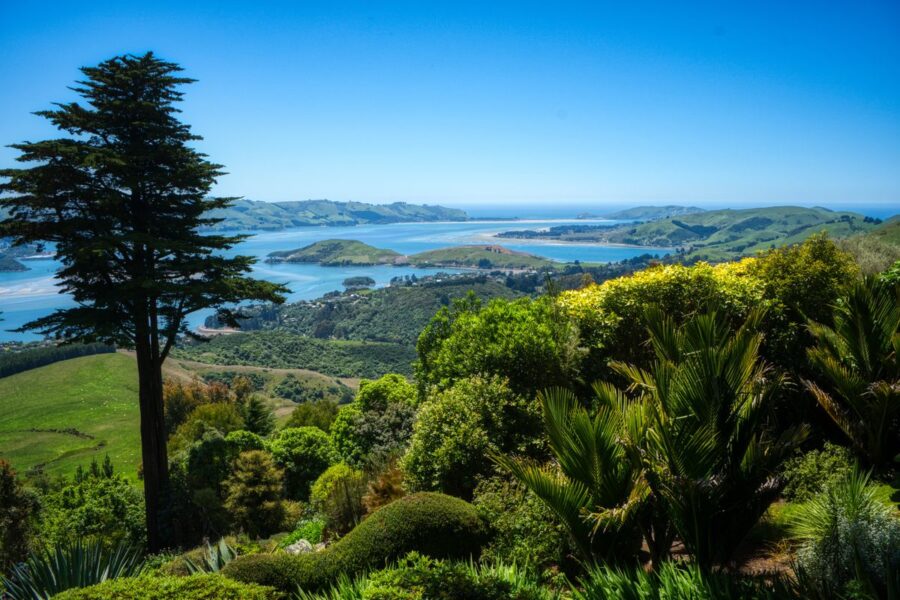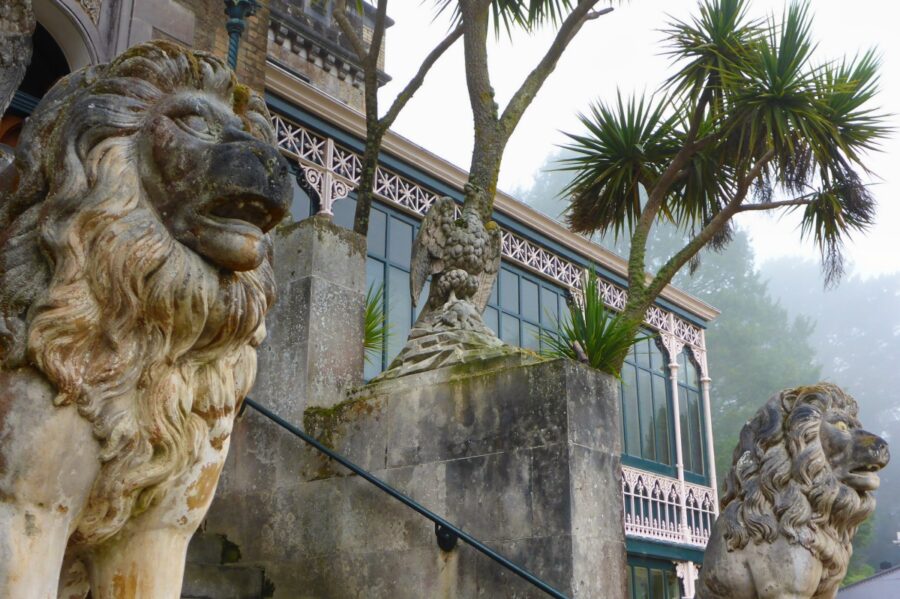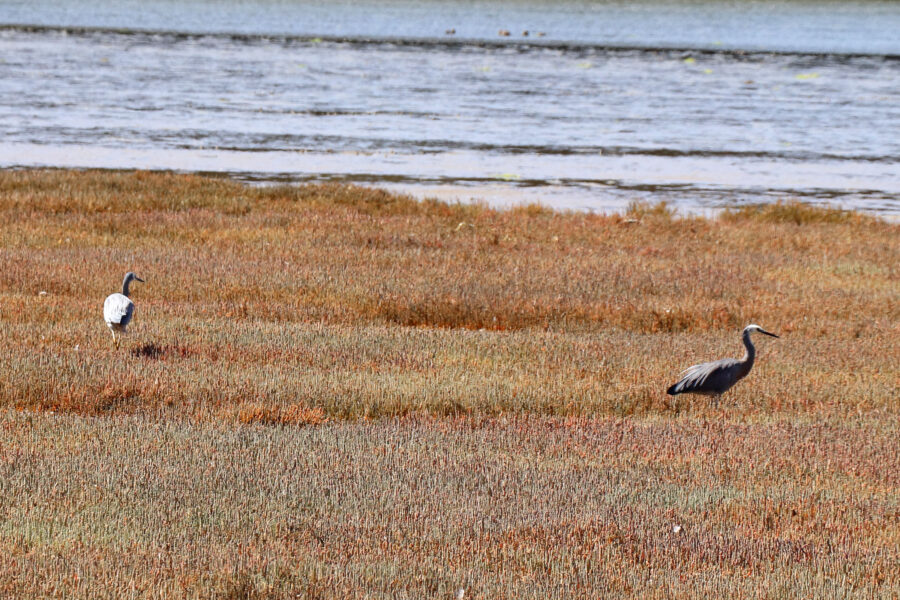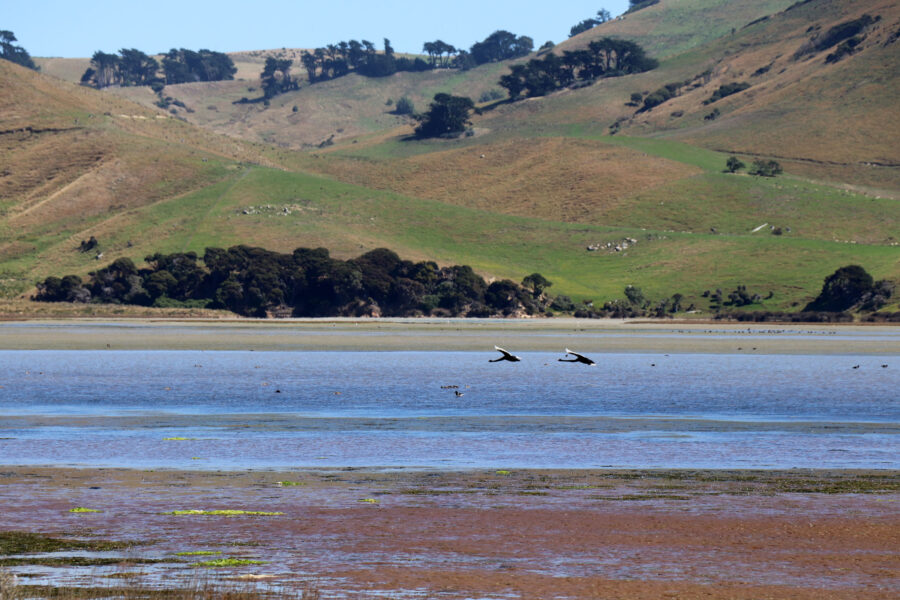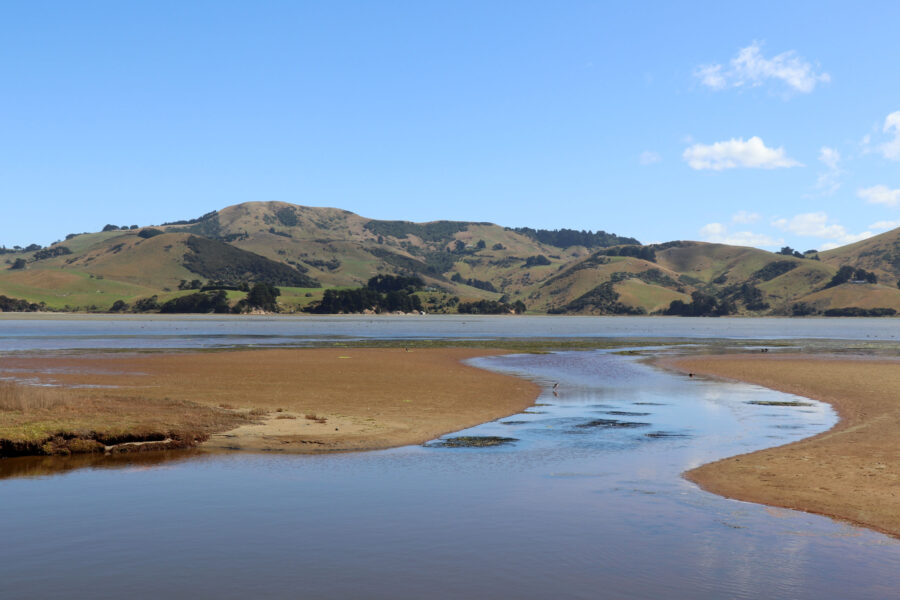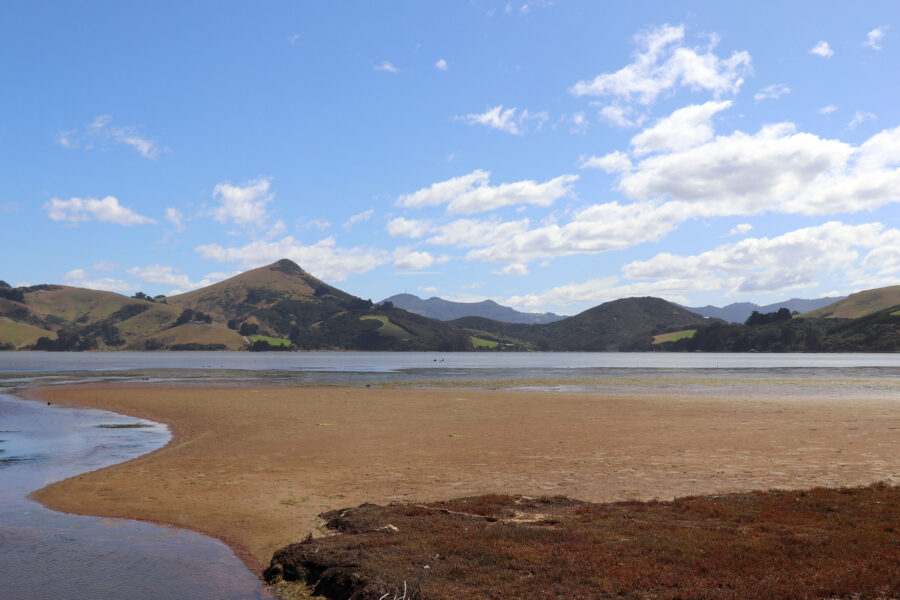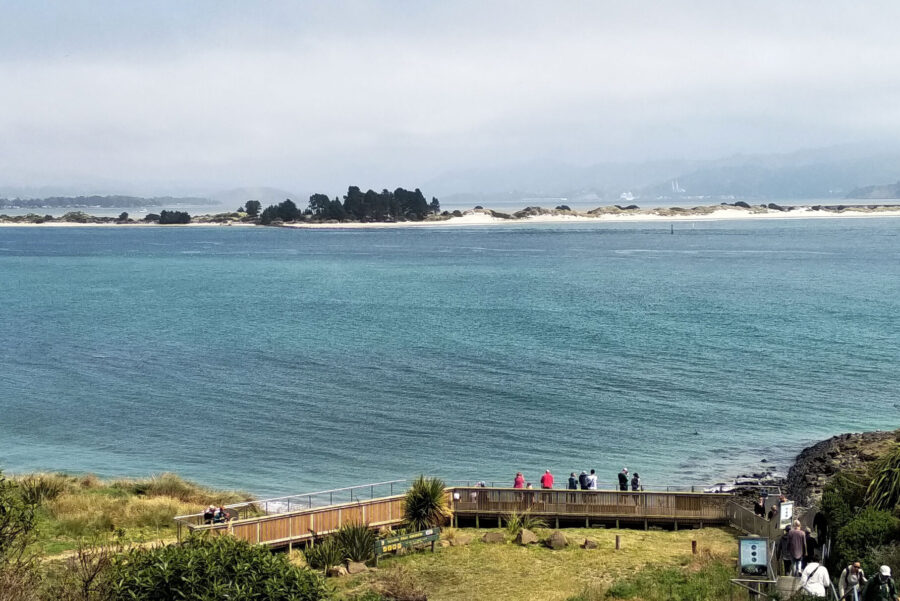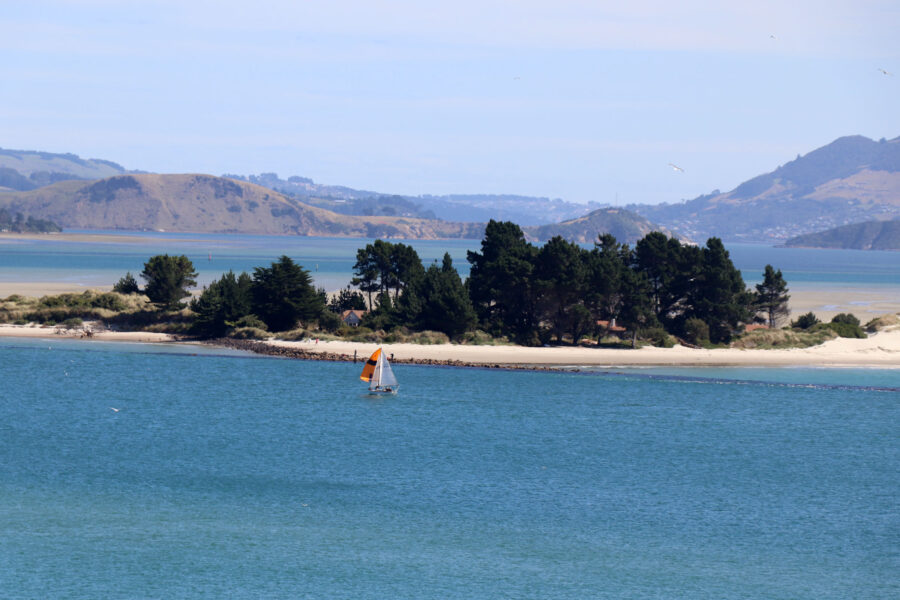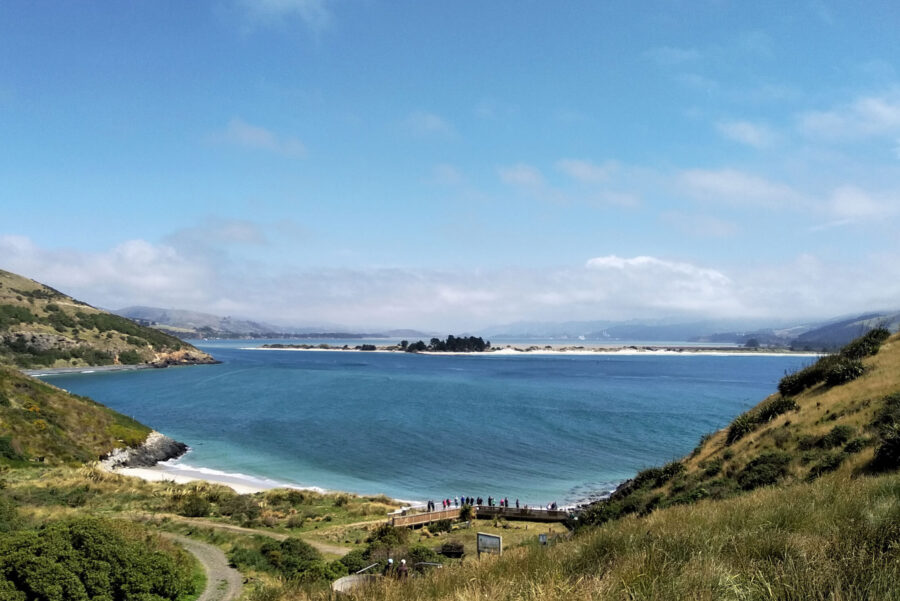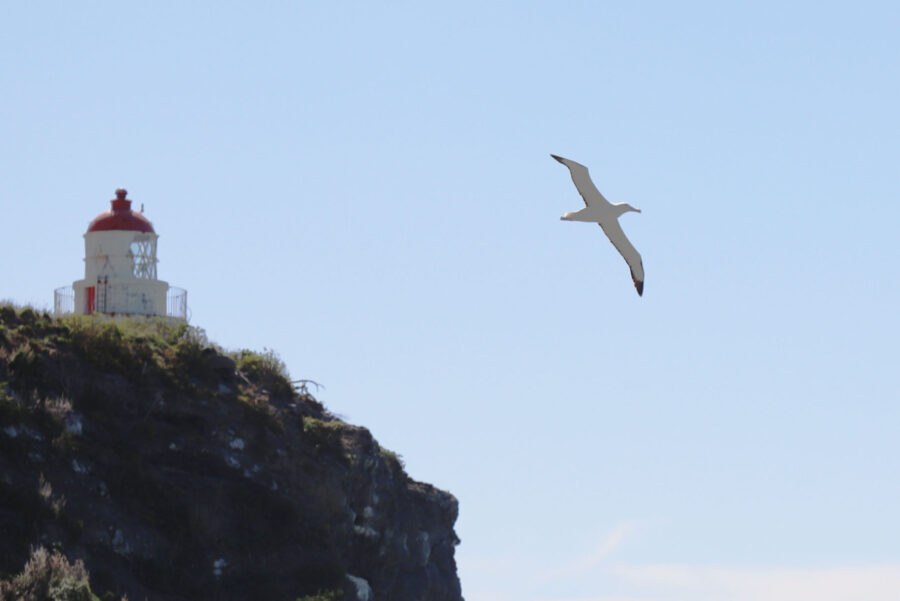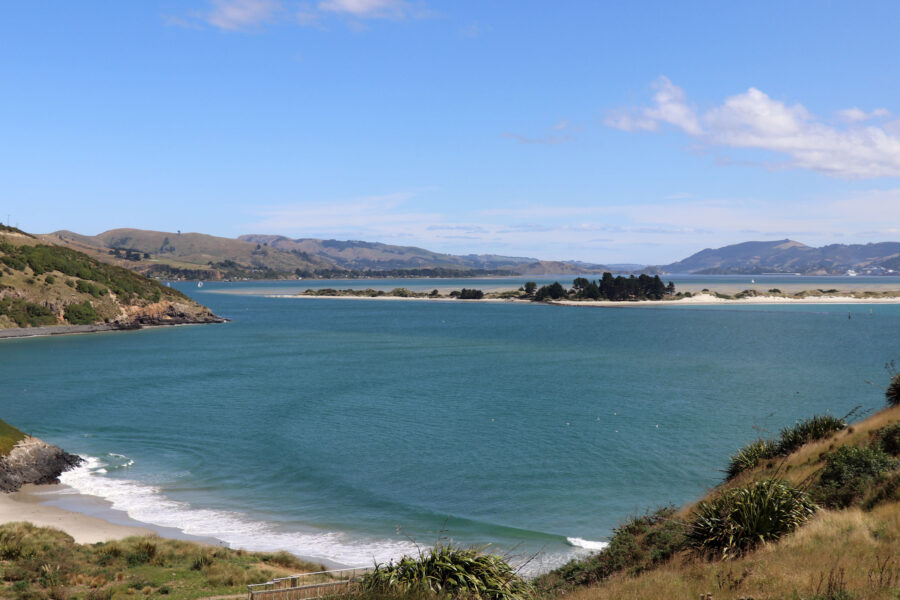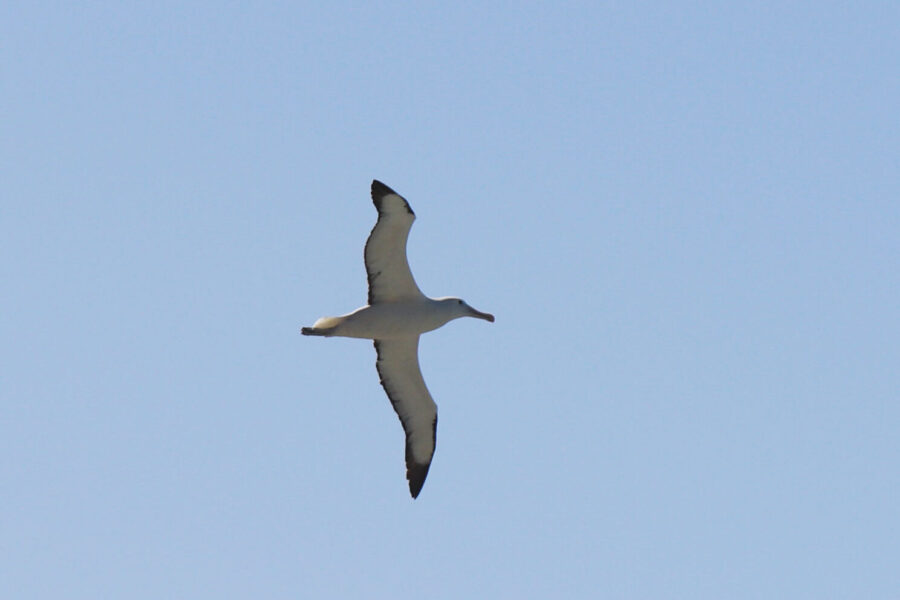Start your journey by taking in the ornate Flemish Renaissance architecture of the Dunedin railway station and its rich embellishments. Constructed in 1903, it consists of dark basalt from Kokonga in the Strath-Taieri with lighter Oamaru stone facings, giving it the distinctive light and dark pattern common to many of the grander buildings of Dunedin.
Today, the station is served by daily sightseeing trains to Middlemarch or Pukerangi via the Taieri Gorge, and to Palmerston.
According to the Guinness Book of World Records, Baldwin Street is officially the steepest residential street in the world! The short straight street is a little under 350 m long with an average slope of slightly more than 1:5. A charity event each year in July involves the rolling of over 30,000 Jaffa balls (red-coloured chocolate balls) down the hill, each Jaffa is sponsored by one person, with prizes to the winner and funds raised going to charity.
Explore the beautiful campus of the oldest university in New Zealand, founded in 1869 by an ordinance of the Otago Provincial Council and accepting its first students in 1971. The grounds comprises of several grand 19th century neo-gothic structures, formed of contrasting dark basalt and light Oamaru stones. The Clocktower building is a Dunedin landmark.
This eight-sided plaza forms Dunedin’s City centre. The plan remains mostly unchanged since the 1800’s, with a ring of civil and public buildings around a central plaza, including the Dunedin Town Hall, Library, Art Gallery, St Paul's Anglican Cathedral, and various cafes and bars. Also home to the statue of Scottish poet Robert Burns, who’s nephew Thomas Burns, was one of the founders of the city.
This prominent building is Dunedin’s primary Presbyterian church dating back to 1873. It was regarded as the most impressive of nineteenth-century churches and listed by Heritage New Zealand as a Category I structure. The church stands on the stump of Bell Hill, a major promontory which initially divided the heart of Dunedin in two.
Cruise along the Otago Peninsula, and admire the spectacular views along the 20 stretch of harbour, and contrast this against the dramatic panoramas of the vast ocean. The Peninsula is the home of an abundance of magnificent marine wildlife, namely the royal albatross, the endangered yellow-eyed penguin, the blue penguins, fur seals and sea lions.
The Māori name for Hoopers Inlet was Puke-tu-roto, meaning ``hills standing around a lake``. The inlet is a serene location and was on a traditional Māori route for collecting shellfish. It’s shallow waters, predominantly sand and mudflats at low tide is known for the diverse native birdlife.
Pilots beach is a magical place on the Otago Peninsula, home to Kororā, the Little Blue Penguin, the world’s smallest penguin. There are currently around 200 pairs located at pilots beach, around half of the population in the region. Throughout the year little penguins can be seen scurrying up to their cliff-face burrows at Pilots beach.
Taiaroa Head is a headland at the tip of the Otago Peninsula offering visitors spectacular views of the surrounding unique landscape overlooking the mouth of the Otago Harbour. It is home to a historic lighthouse, built in 1864, and a colony of over 100 northern royal albatrosses.
The Royal Albatross Centre, at Taiaroa Head is the only mainland breeding colony of Royal Albatross in the world. Albatross are the world’s largest seabirds. They normally breed on remote islands and spend about 85% of their lives at sea, well away from land and humans. With a massive 3 metre wingspan, they fly an estimated 190,000 kilometres a year.
I had a wonderful time on this beautiful tour! It was very personalised and showcased many spots throughout Dunedin that I wouldn’t know of otherwise! Absolutely amazing beaches and sea lions…
Thank you for such an amazing trip. We were expecting to join a bus but instead Lucy picked us in a new 6-seater, and it felt like a private tour. We had plenty of time to explore and did not feel rushed at all. Highly recommend! Cheers! ??
![]()
![]()
